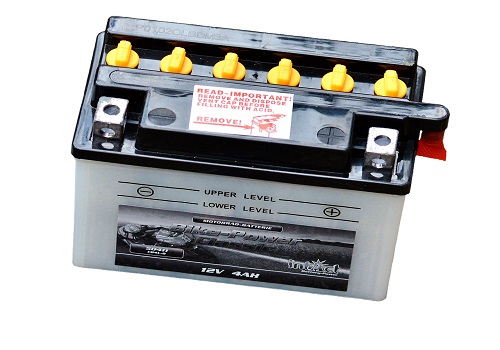Economy: Goods trade deficit narrows, services surplus remains high from Kotak Institutional Equities
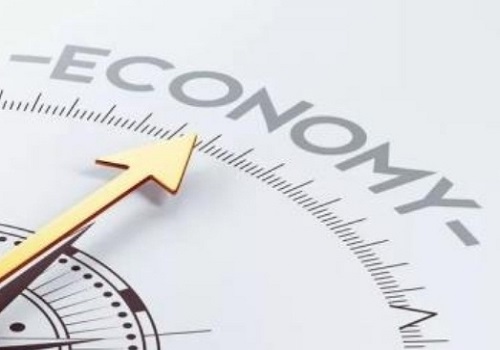
Goods trade deficit narrows, services surplus remains high
Goods trade deficit narrowed to US$14.1 bn in February (January: US$23 bn), with broad-based imports moderation from January levels, while exports remained steady. Services trade surplus was US$18.5 bn in February (January revised down to US$18 bn from US$20.3 bn). Factoring in the latest data and revisions, we estimate FY2025-26E CAD/GDP at 0.6% (earlier: 1%) and 1.2% (earlier: 1.4%), with a BOP surplus of around US$2 bn in FY2025E and a deficit of around US$8 bn in FY2026E.
Exports remained steady in February
Exports fell 10.9% yoy in February to US$36.9 bn. Sequentially, exports rose 1.3% from US$36.4 bn in January (see Exhibits 1-2). Oil exports rose to US$5.8 bn (January: US$3.6 bn), with 11MFY25 oil exports lower than 11MFY24. Non-oil exports were US$31.1 bn, driven by engineering and electronic goods (January: US$32.9 bn) (see Exhibits 3-5). Non-oil exports growth in 11MFY25 was led by engineering goods, electronic goods, and drugs and pharmaceuticals (see Exhibits 6-7).
Imports fell sharply in February from last month
Imports in February fell 16.3% yoy to US$51 bn from January at US$59.4 bn, driven by electronic goods, machinery and gold (see Exhibits 1-2). Oil imports stood at US$11.9 bn (January: US$13.4 bn), while non-oil imports stood at US$39.1 bn (January: US$46 bn) (see Exhibits 3-5). Non-oil imports growth in 11MFY25 was led by electronics, gold, and machinery (see Exhibits 6-7). Trade deficit in February was US$14.1 bn and US$247.8 bn for 11MFY25 (11MFY24: US$225.8 bn).
Services trade surplus has spiked up in the last few months
Services trade surplus in February was US$18.5 bn after US$18 bn in January (see Exhibit 8). We note that the January print was revised down from US$20.3 bn. The surplus for December-February is a significant uptick from the average of US$14.5 bn in 8MFY25. For 11MFY25, the services trade surplus was US$171.7 bn (11MFY24: US$141.4 bn).
We revise FY2025-26E CAD/GDP to 0.6% and 1.2%
Factoring in the latest goods and services trade details, we revise our FY2025E CAD/GDP to 0.6% (earlier: 1%) and FY2026E CAD/GDP to 1.2% (earlier: 1.4%). We retain our assumptions of softening exports (global trade distortions) and moderately higher goods imports (steady though modest domestic growth) in FY2026. We estimate BOP to be in a moderate surplus in FY2025 at US$1.9 bn and a deficit in FY2026 at US$7.8 bn, respectively (see Exhibit 9). The key risks to India’s external sector balance continue to stem from the uncertainties relating to US trade policies and consequent actions by larger economies. With the RBI’s renewed tolerance for INR depreciation, along with intermittent tolerance for strengthening, we maintain our USD-INR forecasts to average 84.6 in FY2025E and 87.6 in FY2026E. We pencil in USD-INR in the range of 86-88 in the next few months.
Exports remained steady in February; imports declined

Exports and imports both contracted over last year in February

Above views are of the author and not of the website kindly read disclaimer

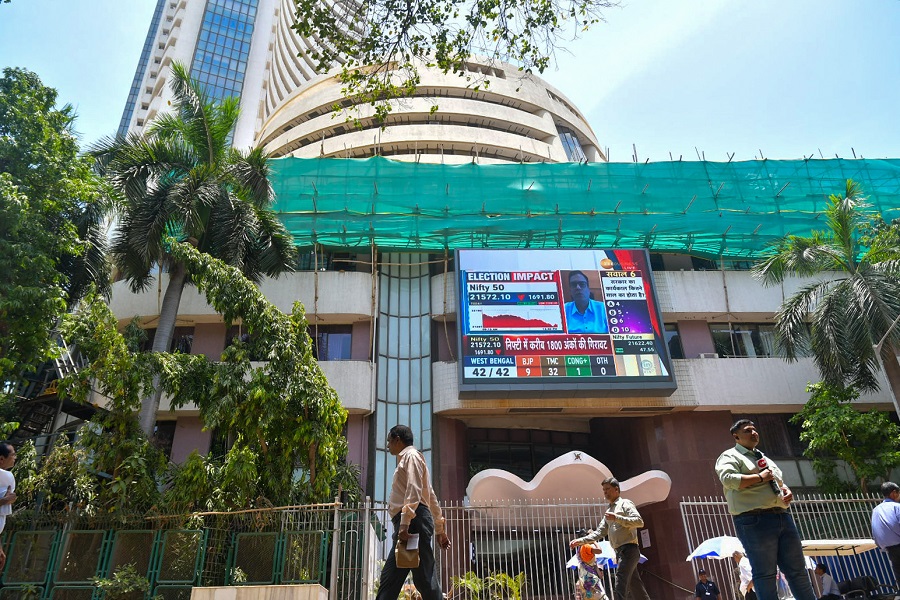



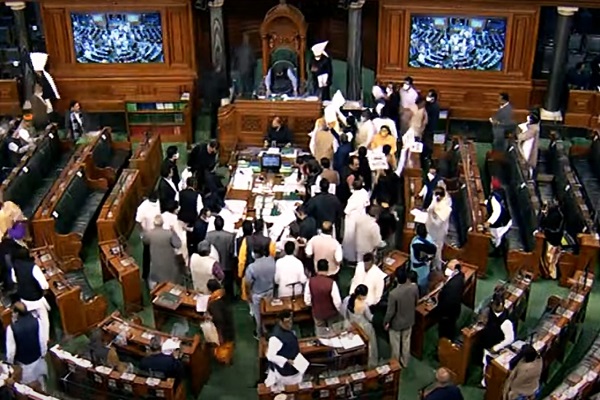



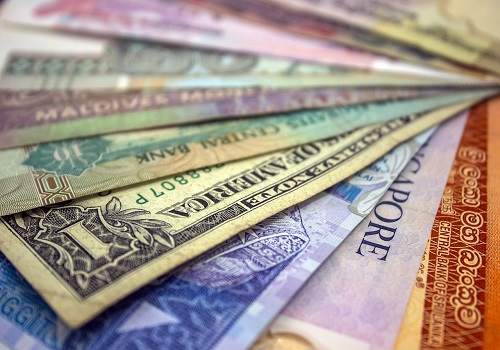
Tag News

India`s direct tax collection clocks 8 pc growth at Rs 17.05 lakh crore in April-Dec









